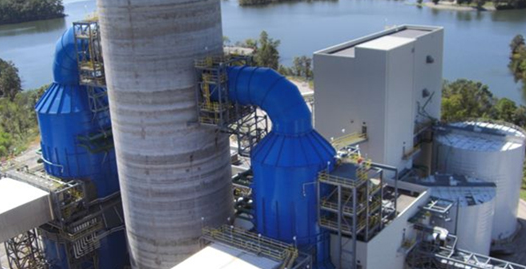Are you confused about the federal secondary containment regulations? We know how mind-numbing this stuff can be. This is why we are going to break it down for you in this article. These are the top 5 main points we think it is consider under the EPA’s hazardous waste storage regulation 40 CFR 264.175, aka, “The Secondary Containment Regulations.”
1. No Cracks and Gaps
Your secondary containment system must be free of cracks and gaps. This means you will need to regularly inspect your containment system to insure there is no damage to the sump or the unit itself. Any type of damage can possibly prevent it form doing what you want it to do: containing liquids properly in the case of container failure. It is also important to make sure your secondary containment system is compatible with chemicals that could come into contact with it. If the liquids it’s supposed to hold damage it, the secondary containment system won’t be effective.
2. Quick and Easy Removal of Spilled Liquid
Secondary containment units must be either sloped or specifically designed for quick and easy removal of spilled or leaking liquid. This one is less difficult to deal with. You can simply raise your containment on grates, decking or wood pallets. Also, you can add a drain to your secondary containment unit. Adding a drain allows you to either pump or drain the liquids out of the sump quickly and efficiently if there is to be a release. A sump is where the liquid would collect if there was a release from the primary container. The amount of liquid that can be held in a secondary containment unit is known as the sump capacity. The sump capacity should be equal or exceed the required secondary containment capacity.
3. Sufficient Capacity
One of the most commonly known, but confusing regulations is that your secondary containment system “must have sufficient capacity to contain at least 10% of the total volume of the primary containers or 100% of the volume of the largest container, whichever is greater.” Here is an example that may help.
- If you are storing two 55-gallon drums you have a total of 110 gallons.
- 10% of 110 gallons (two 55-gallon drums) is 11 gallons.
- 100% of the largest container stored is 55 gallons.
- Because 55 gallons is greater than 11 gallons, you would need to have secondary containment for 55 gallons.
Remember these are just federal secondary containment regulations. States and municipalities may have different or more strict values because they are only required to follow at least three of the values above. In fact, most states require 110% containment of the largest container. Always check (and comply) with your state and local regulations on secondary containment regulations.
4. Prevent Precipitation from Entering the Secondary Containment System
When your secondary containment is outdoors, it is important to prevent any form of precipitation from entering your secondary containment system unless the system has sufficient capacity to contain any run-off in addition to the volume capacity requirements. Any rainwater, snowmelt or other liquid that enters the sump of the secondary containment unit will use up the capacity in the containment system. This could cause overflow in the event of a spill. A simple solution is the put your secondary containment system under shelter or a self-contained cover. Although with some larger systems, this may be impossible. If this applies to you, consider the worst storm your area has had in the last 100 years (NOAA has this data) and calculate that into your capacity requirements.
5. Waste Removal Must be Done in a Timely Manner to Prevent Overflow
Any spilled or leaked waste into the secondary containment area must be removed in a suitable amount of time to prevent overflow. Liquids that don’t belong in the sump take up volume capacity. After spending so much time carefully calculating your secondary containment volume requirements, the last thing you need is waste or precipitation in the sump, displacing volume and causing overflow if there is a release. Be sure to routinely check your sump and your containment system. Pump or drain any precipitation or waste you find. Filter the liquid or absorb small spills with sorbent products.

